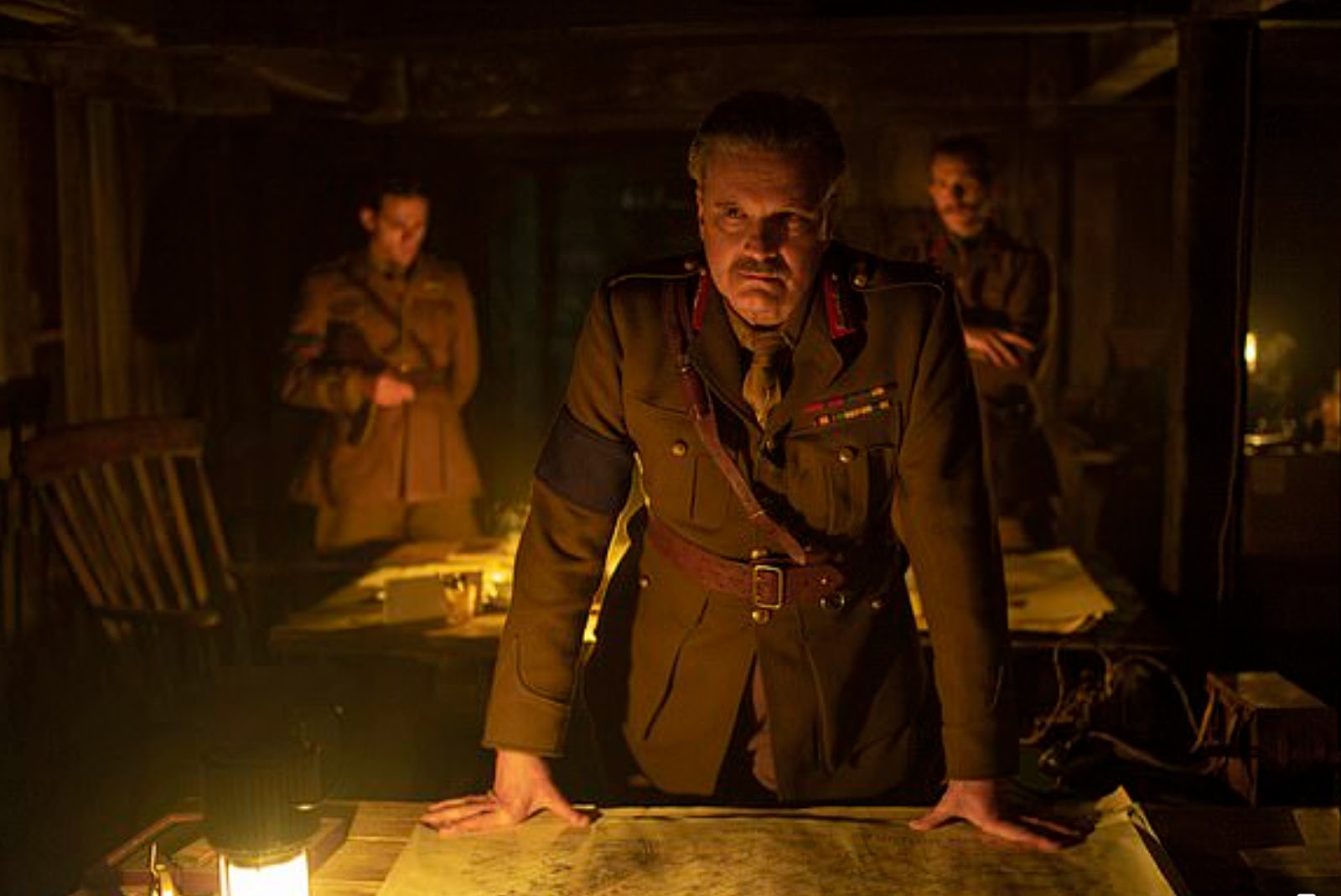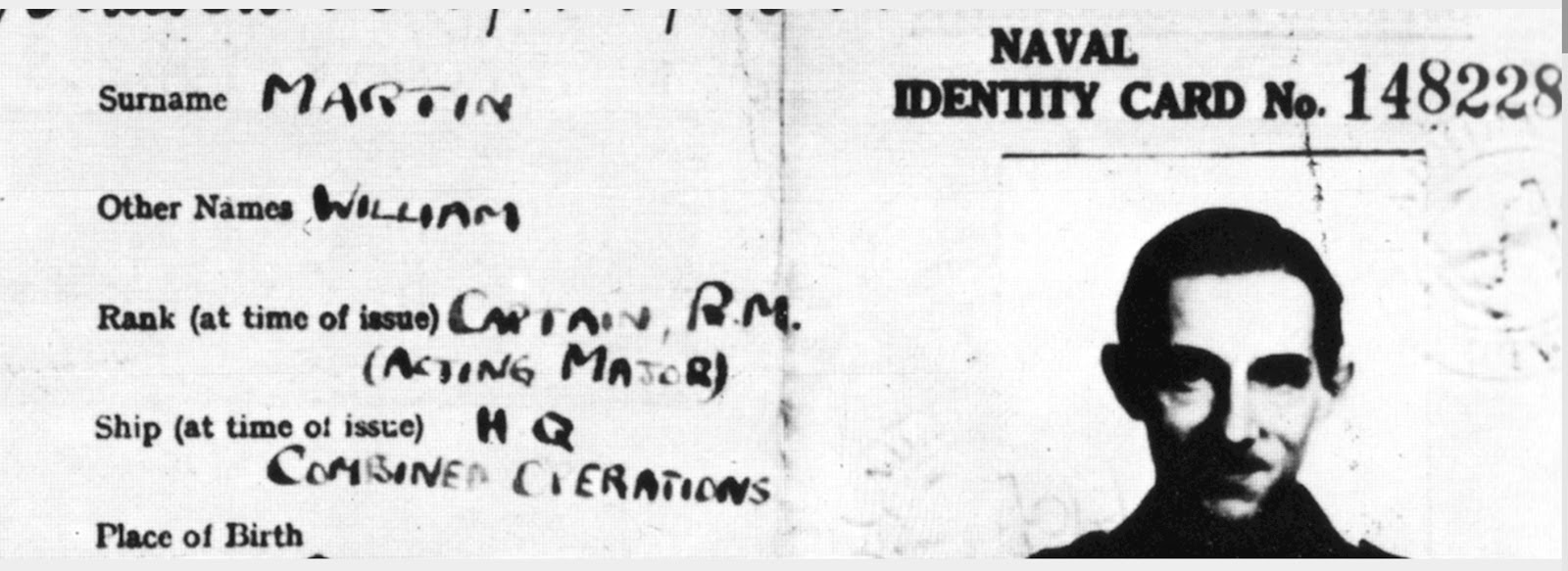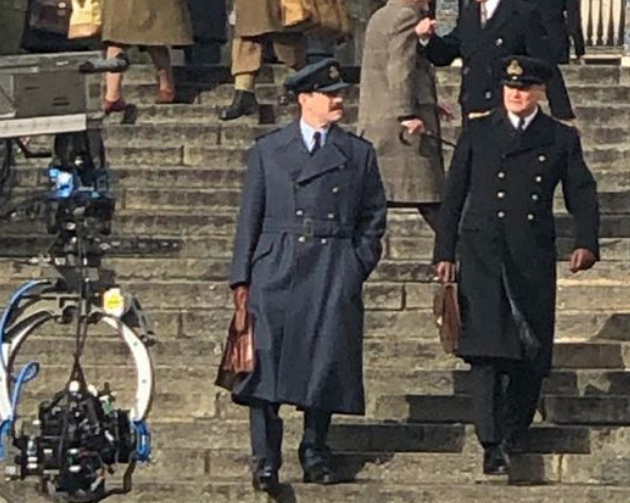Operation Mincemeat: How the British Spy Mission Changed WWII
A Spanish fisherman spotted the corpse of a British Marine floating in the sea one April morning in 1943, setting off a military operation that would deceive Hitler and change the course of World War II.
Operation Mincemeat, as it was known, involved Winston Churchill's spies, an eccentric RAF officer and a submarine captain. It was a British plot to plant documents on a dead body dressed as a Royal Marines major.

Operation Mincemeat’s deception
The success of Operation Mincemeat depended largely on falsified documents and, for the papers to be believable, they needed to appear to come from a high level.
The main forgery was a personal letter from Lieutenant General Sir Archibald Nye to General Sir Harold Alexander.
Nye drew up the letter himself, opening with 'My Dear Alex', then went into detail about sensitive topics including the appointment of a new commander for the Guards Brigade and US service medal awards for British servicemen. The details gave the letter the complexity and importance necessary for it to be believed and, vitally, to justify the reason for the document to be hand delivered.
.jpg)
Operations Husky
Nye also referenced Operation Husky, which he described as an invasion of Greece, naming target beaches and troop numbers. In reality, Husky was the codename for the planned attack on Sicily, Italy.
The letter went further by including reference to Operation Brimstone. Nye wrote: “We stand a very good chance of making [the Germans] think we will go for Sicily - it is an obvious objective and one about which [they] must be nervous.”
This was a double bluff designed to dupe the Germans into discrediting intelligence that suggested the Allies would invade Sicily.
"The brand new social experience where you activate your gaming skills as you train like a spy."
- TimeOut
Take on thrilling, high-energy espionage challenges across different game zones.

Operation Mincemeat: the floating messenger
A plan was devised to plant the letter on a deceased naval officer who would float ashore and into German hands.

Operation Mincemeat forgeries
Enter Mr Bentley Purchase, a London coroner, who supplied the body of a 34-year-old Welshman named Glyndwr Michael. Michael, who died after ingesting rat poison, was posthumously transformed into Major William Martin of the Royal Marines.
Personal possessions gave depth to Martin’s character. His forged documents included love letters, an engagement ring, ticket stubs from a theater, keys, and a receipt for a new shirt. The dates of the stubs suggested that Martin had left London on April 24, 1943, and that his body was expected to wash ashore on April 30 so the Germans would believe his plane had crashed at sea.
The forged documents and other items were placed in a briefcase and attached to the corpse with a leather-covered chain, looped around the belt of a trench coat. The body was placed in a steel canister filled with dry ice to preserve it. The corpse was then delivered to Scotland, brought aboard the British submarine HMS Seraph, and dropped just off the coast of Spain (a country with friendly military ties to Hitler). The body was wrapped in a lifejacket and pushed gently into the sea.
A message was sent by the submarine’s commander, Lt. Bill Jewell: “Mincemeat complete.” The body was discovered several hours later by a local sardine fisherman, who informed the police. From there, the documents made their way onto Hitler’s desk.
The British disinformation campaign convinced Hitler and the top brass in Germany that the Allies were planning to invade Greece and Sardinia, Italy. The Germans distributed their troops accordingly and were therefore unable to cope when 160,000 Allied troops suddenly invaded Sicily - their true target.

Operation Mincemeat: the movie
The dramatic tale of Operation Mincemeat has already been described in a book by Ben Macintyre, author of Agent ZigZag and other spy stories.
In the movie, Colin Firth tackles the role of Ewen Montagu, the British judge and naval intelligence officer who conceived of the operation. It was Montagu's idea to have a corpse dressed as a British officer wash ashore in Spain. The location chosen was at a point where pro-German Spanish officials would most likely show the papers to German agents.
Director John Madden said he was attracted to the project's bizarre and seductive blend of high-level espionage and high stakes. "It tells a richly human story of the soldiers we seldom see, who fight a different kind of war in shadows and deception, haunted by the knowledge that certainty and guarantee of success are nowhere to be found."
SPYSCAPE+

Join now to get True Spies episodes early and ad-free every week, plus subscriber-only Debriefs and Q&As to bring you closer to your favorite spies and stories from the show. You’ll also get our exclusive series The Razumov Files and The Great James Bond Car Robbery!


Gadgets & Gifts
Explore a world of secrets together. Navigate through interactive exhibits and missions to discover your spy roles.
Your Spy Skills
We all have valuable spy skills - your mission is to discover yours. See if you have what it takes to be a secret agent, with our authentic spy skills evaluation* developed by a former Head of Training at British Intelligence. It's FREE so share & compare with friends now!
* Find more information about the scientific methods behind the evaluation here.


Stay Connected
Follow us for the latest
TIKTOK
INSTAGRAM
X
FACEBOOK
YOUTUBE